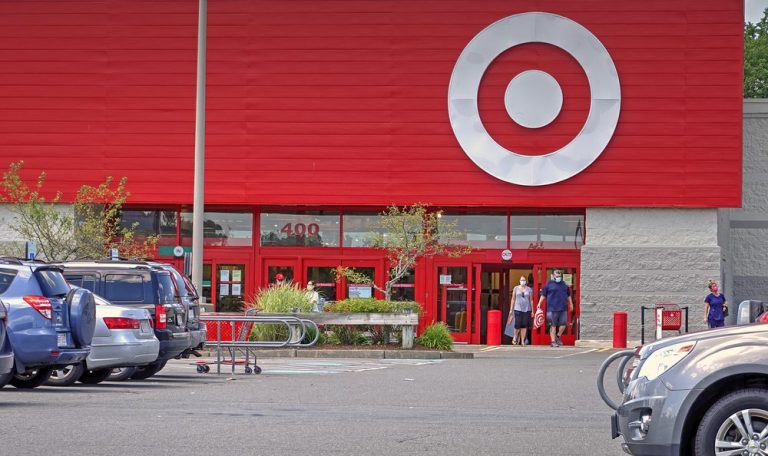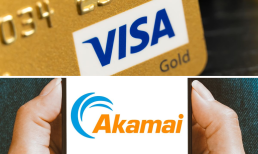While the operator of nearly 2,000 retail locations said its Q4 comparable sales rose 0.7%, that figure was split between a 1.9% gain in stores and a 3.6% drop in comparable digital sales versus a year ago.
“To stay in step with our guests we will flex across our multi category portfolio which means in the near term leaning into growth in non-discretionary categories,” Target Chairman and CEO Brian Cornell told investors on the company’s Q4 earnings call Tuesday morning (Feb. 28), noting that “value is still absolutely top of mind” for consumers.
According to the company’s slideshow, the resiliency and outperformance of its so-called frequency categories were clear, with double-digit comparable sales increases in food & beverage, as well as in beauty for the third consecutive year.
Trip Drivers
“Last year sales from Ulta Beauty at Target were more than four times higher than in 2021 and this growth was almost entirely incremental,” Chief Growth Officer Christina Hennington said on the call, noting plans to continue opening additional locations this year and beyond.
At the same time, Target is also touting the success of its growing portfolio of billion-dollar owned brands — which Cornell said has added 17 in-house labels since 2019, including two $1 billion+ sellers in Good & Gather food and All in Motion apparel, a collective achievement he called “unmatched in retail.”
Advertisement: Scroll to Continue
“Our owned brands have long been a source of pride and differentiation for Target,” Hennington added, pointing to their mix of style, quality and value that resonates with consumers. “So, it’s no surprise that our owned brands have continued to outpace total enterprise growth and why we have plans to launch new or extend assortments in more than 10 owned brands this year,” she said.
Store as FC
As much as Target is actively working to grow its traditional digital and delivery businesses, its buy online pickup in-store (BOPIS) or curbside offerings and in-store order fulfillment continue to set the industry standard for large general merchandise retailers.
“It’s no surprise that 100% of our store sales are fulfilled by stores, but in our case, more than 95% of all sales — including digital — are too,” Cornell said, pointing to the fact that this has been accomplished with a flat store base at a time when total sales have risen 40% since 2018 and the digital business has tripled.
“Fulfilling substantially all of that growth through essentially the same asset base was nothing short of incredible on the part of our team,” Cornell said, while promising not to stand still with store remodeling and expansion plans or continued investments in supply chain improvements.
To that point, Target’s revenue outlook for the current quarter and the full year is admittedly — and unapologetically — cautious given the current operating environment and has both Q1 and full-year comp sales pegged to be in a “wide range from a low-single digit decline to a low-single digit increase.”
“We are planning cautiously, and we believe appropriately, given the economic challenges we anticipate this year,” Cornell told analysts, who have seen Target’s stock rise 12% so far in 2023. “But caution doesn’t mean cut off from continued growth and progress,” he added while teasing future developments in translating the retailer’s “newfound scale into a simpler, more efficient ways to run Target.”
For all PYMNTS retail coverage, subscribe to the daily Retail Newsletter.




